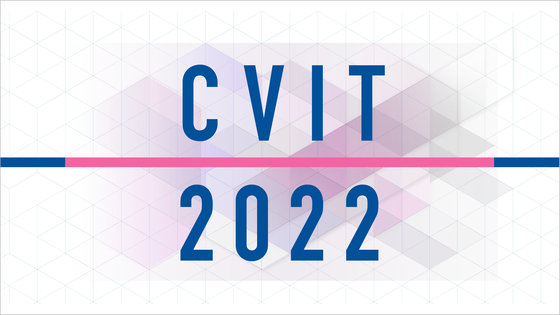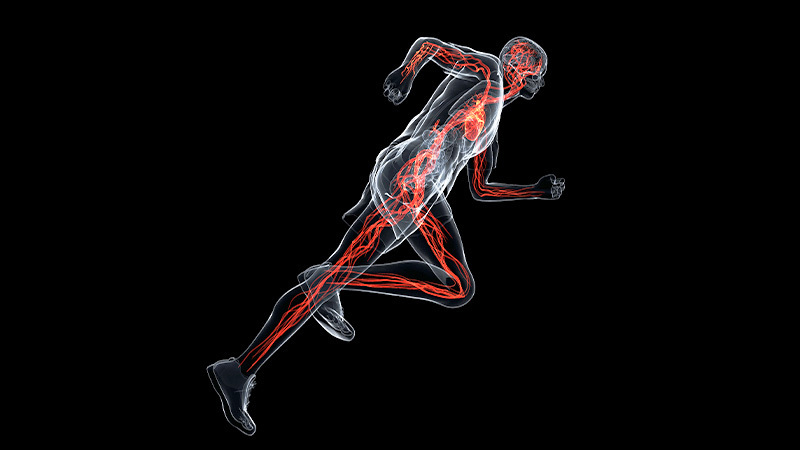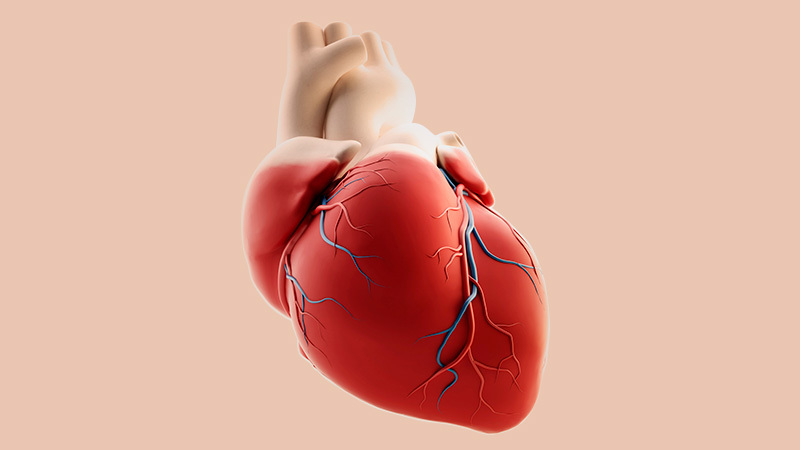From the IWATE ACS Registry Project, regional differences in in-hospital mortality in patients with ST-elevation myocardial infarction (STEMI) are associated with primary PCI rates and patient age composition, presented by Dr. Koto Sasaki, Iwate Medical University Hospital, at the YIA 2021 Regional Meeting Best Abstracts Session at CVIT 2022.
Regional disparities in outcomes associated with primary PCI for ST segment elevated myocardial infarction

In this study, 1,589 patients with STEMI who were admitted to 11 institutional hospitals in Iwate Prefecture participating in the IWATE ACS Registry Project between October 2014 and December 2018 were included to examine the association between primary PCI rates and short-term prognosis by region in Iwate Prefecture.
The prefectural areas were divided into three groups: Group A (703 patients) in the Morioka Medical Area, which requires two PCI high-volume centers (>115 primary PCI cases per year) and has an aging rate of approximately 25%, equivalent to the national average; Group B (562 patients) in municipal areas with an aging rate of approximately 30%; and Group C (323 patients) in underpopulated areas with a high aging rate of approximately 35% and a low population density.
The mean age of patients in groups A, B, and C gradually increased (67.8, 69.4, and 70.4 years, respectively: p<0.001), and a higher proportion of patients had chronic kidney disease in areas with older populations (32.8%, 41.0%, and 38.2%, respectively: p=0.009). Differences were also found between regions regarding the percentage of dyslipidemia (49.2%, 56.5%, and 49.0%: p=0.022). Overall, smoking was present in 32.0%, previous myocardial infarction in 7.9%, diabetes in 33.4%, and hypertension in 67.3% of patients, and these patient characteristics did not differ by region.
Analysis revealed a higher in-hospital mortality rate in group C compared to groups A and B (9.4%, 11.9%, and 17.6% p=0.001). And the rates of urgent CAG (88.6%, 85.6%, 78.6%; p<0.001) and primary PCI (83.4%, 81.6%, 73.4%; p=0.001) were lower in group C.
Focusing on the age distribution of STEMI patients, Group A showed the largest number of patients aged 60-79 years, with a decreasing percentage of patients over 80 years, while Groups B and C showed the largest number of patients over 80 years.
All groups also had the lowest rate of primary PCI among patients in the 80+ age group. However, when looking at the percentage of patients in Groups A, B, and C who did not undergo primary PCI in patients 80 years of age or older, the rates were 25.0%, 33.3%, and 44.7% in Groups A, B, and C, respectively, indicating a significantly lower rate of primary PCI in Group C (p = 0.003).
When in-hospital mortality was evaluated only in STEMI patients who underwent primary PCI (1,269 patients), there was no significant difference in in-hospital mortality in groups B (HR 1.29 [95% CI 0.82-2.10]) and C (HR 1.48 [95% CI 0.88-2.49]) compared with group A, suggesting that there is no difference in in-hospital mortality.
Dr. Sasaki concluded “In STEMI patients, there are regional differences in patient age composition and primary PCI rates, even within the same prefecture, and the combination of these factors may cause differences in in-hospital mortality rates. When discussing regional differences in mortality among STEMI patients, it is important to consider not only primary PCI rates, but also differences in age structure.”
ご注意 当サイト内の全ての記事と動画の転載・転送はご遠慮ください。なお、法律上保護されたコンテンツの無許可の転載、複製、転用等は、当該コンテンツの権利者等から損害賠償請求その他の法的手続を申し立てられ、事案によっては処罰される可能性、また、故意にそれらを受け取った場合も同様の措置を受ける可能性がございます。ご不明な点がございましたら当社までご連絡ください。




